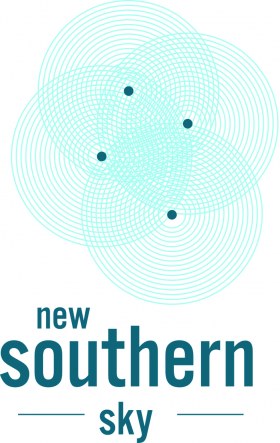PBN Regulatory Framework Project - how we're tracking

As outlined in the National Airspace and Air Navigation Plan 2017 (NAANP); New Zealand is to move to a full PBN environment, with some system redundancy by 2023. The Civil Aviation Rules are outdated and prescriptive. They do not support the move to a beneficial PBN operational environment. The prescriptive nature of the rules inhibits the introduction of safe, innovative aviation navigation technologies and operations. Recognising the complexity, scale and large number of dependencies with other projects, the PBN Regulatory Framework Project was initiated in mid-2017 and to be complete mid-2022.
The aim of the project is to deliver a regulatory framework that will support and enable implementation of PBN, reducing mixed mode operations and optimising the deployment of PBN routes and procedures across New Zealand in a timely and efficient way. It seeks to achieve a safe and efficient NZ PBN system by ensuring compatibility with all system elements and develop efficient internal CAA procedures on approvals/acceptance of PBN operations. Finally, it will ensure CAA rules, policy and guidance material to support implementation of PBN, are in alignment with international and current practice, and account for new and emerging technologies.
Collaboration and Stakeholder Engagement – The Engine Room
Collaborative and transparent stakeholder engagement is critical to the success of this project. Early consultation, communication and trust between stakeholders helps facilitate robust and open discussions, and the uptake of PBN capability. The project follows a collaborative, robust and transparent approach to ensure stakeholders are involved from the earliest possible point in the decision-making process. It cannot be stated enough that Input from all stakeholders is really what is going to make this project a success.
The specifics – What, when and how you can have your say
Over 50 rule or guidance issues were uncovered in the project planning stage that may hinder or obstruct the planned transition to a full PBN environment. Issues range from minor definition changes to large scale rule projects that will require significant input from within the CAA, industry participants, and the wider sector including airports, Airways as the ANSP, and organisations dealing with procedure design, design and maintenance, and training.
The project has been broken down into two tranches - Tranche One covers definitions and abbreviations, PBN specifications, PBN airspace and IFR navigation equipment, IFR alternate and fuel requirements, Reporting PBN related incidents and accidents and PBN maintenance requirements. Training requirements and a re-write of the AC 91-21 are being conducted in unison with Tranche One. Prioritisation on what rules would be delivered first in Tranche One was undertaken through stakeholder consultation.
Tranche One rules are due for issue in May 2021 – having been through significant stakeholder engagement at various stages throughout the process. This work is currently in the policy development stage, with a sector Discussion Document to be circulated to IFR stakeholders at the end of November 2019. Fear not – this is not the final rule making! This Discussion Document is an opportunity for stakeholders to review the intent and direction the new rules are heading, prior to the formal rule making process. Its your chance to have your say early in the process.
Watch This Space
Look out for information on the next Tranche of rules in the project, the benefits we are seeing from PBN already and some of the safety and evidence-based work that has been undertaken to support the project.